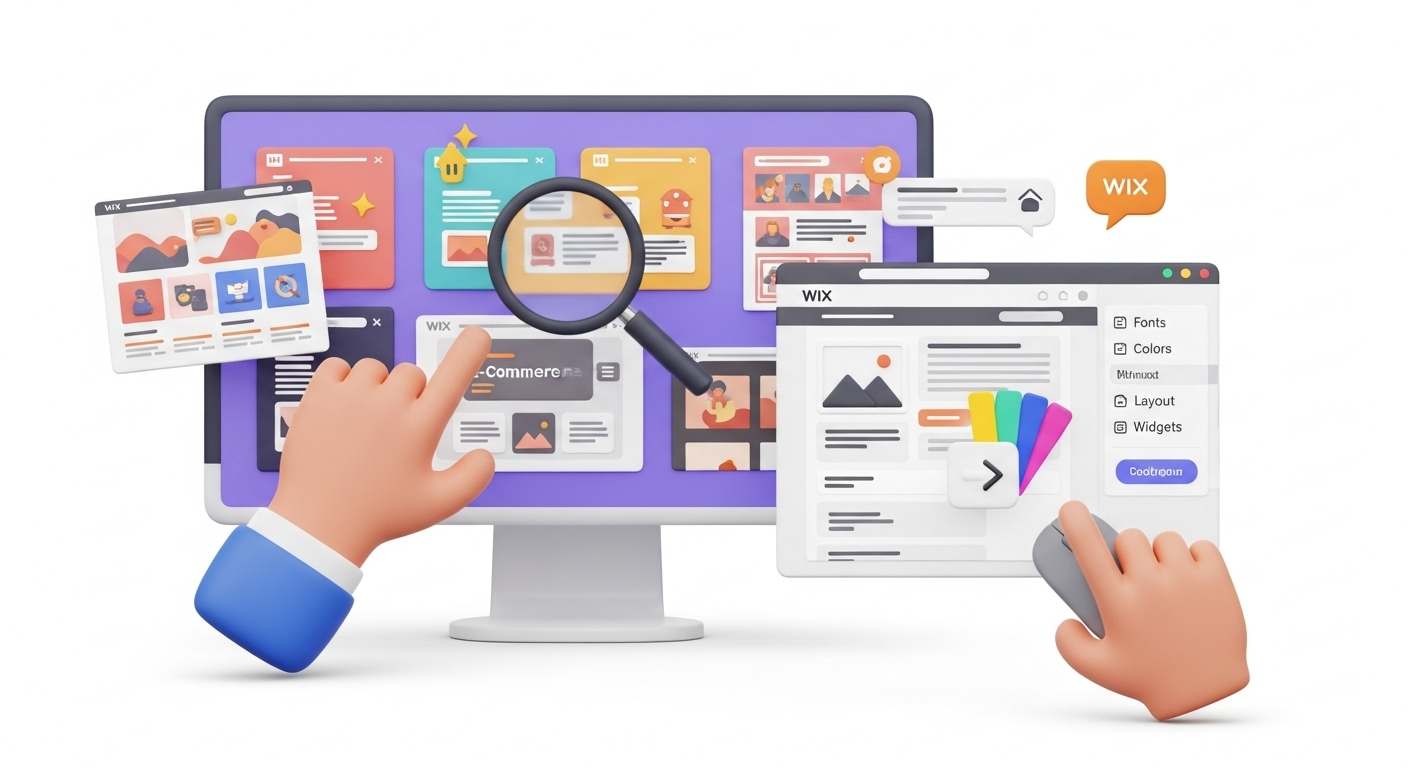Switching to a new eCommerce platform can unlock faster performance, better features, and long-term growth. But a poorly executed migration can also break your store, damage your SEO, and frustrate your customers.
This guide outlines the most common mistakes to avoid during a platform switch — and highlights migration best practices and an essential ecommerce migration checklist to keep your transition smooth and secure.
1. Lack of Planning Before the Migration
Rushing into a store transfer without a clear strategy is a recipe for chaos.
- Creating a detailed migration plan and timeline
- Assigning roles (developer, SEO, project manager)
- Preparing a staging environment to test before launch
- Identifying which data, pages, and settings must be migrated
2. Ignoring SEO During the Migration
This is one of the biggest store transfer risks. If you don't preserve your SEO structure, traffic and rankings may tank after the move.
Avoid it by:
- Backing up all page URLs, titles, meta descriptions, and H1/H2 tags
- Setting up 301 redirects from old URLs to new ones
- Retaining structured data and schema markup
- Resubmitting your sitemap to Google Search Console after launch
3. Losing Important Store Data
Many businesses lose orders, product images, customer accounts, or reviews during migration.
Avoid it by:
- Performing a full backup of your current store
- Using an automated migration tool like Cart2Cart
- Running a demo migration to preview results
- Verifying data relationships (e.g., orders linked to the right customers)
4. Only Migrating Products — Not Content
Blog posts, policy pages, FAQs, and landing pages are often overlooked.
Avoid it by:
- Transferring your entire site structure, not just the store
- Migrating blog content and static pages
- Preserving internal links and URL slugs
- Matching your original content hierarchy
5. Not Testing Everything Before Going Live
Without testing, small bugs in checkout or mobile layout can quickly become big problems.
Test:
- Mobile responsiveness
- Checkout process
- Product filters and search
- Page load speed
- Analytics and goal tracking
- Email notifications and integrations
6. Migrating During Peak Sales Periods
Moving your store during Black Friday or a product launch? Bad idea.
Avoid it by:
- Scheduling your migration during a low-traffic window
- Communicating the migration timeline with your team and users
- Setting aside post-launch time for rapid fixes and monitoring
✅ eCommerce Migration Checklist (Short Version)
- Full store backup completed
- URLs and SEO metadata documented
- Redirects mapped and tested
- Staging environment used
- Product, order, and customer data transferred
- Blog and static pages migrated
- Analytics & conversions set up
- Checkout and payments tested
- Page speed optimized
- Launch date confirmed with team
- Post-launch monitoring scheduled
Final Thoughts
eCommerce migration is more than just a technical task — it’s a business-critical operation. With proper planning, the right tools, and attention to detail, you can avoid the most common pitfalls and execute a clean, efficient platform switch.
Follow this ecommerce migration checklist and apply migration best practices to minimize store transfer risks and protect your SEO, data, and user experience.
Monthly Update – December 2025
As the year draws to a close, a critical aspect often overlooked in eCommerce migration is the strategic planning for post-migration performance monitoring and optimization, especially as businesses gear up for the new year. December offers a crucial window to finalize any pending data validation, refine SEO strategies, and ensure all analytical tools are accurately tracking new customer journeys and sales funnels. Beyond simply verifying data transfer, focus on setting up comprehensive dashboards that monitor key performance indicators (KPIs) like conversion rates, bounce rates, and average order value on your new platform. Implement A/B testing for new layouts or features to gather actionable insights. Proactive monitoring helps identify and resolve potential issues quickly, safeguarding your store's stability and growth into the next fiscal quarter. This meticulous attention to post-migration analytics ensures that your new eCommerce platform not only functions correctly but also drives sustained business success.
For more details, explore our FAQ section or schedule a call with a migration expert.






